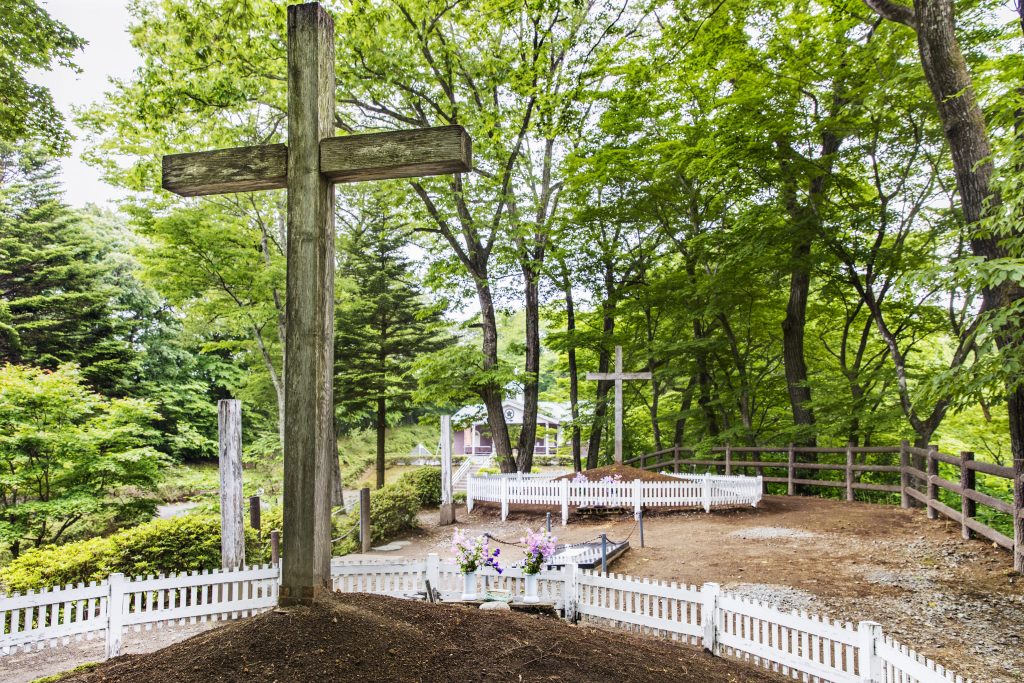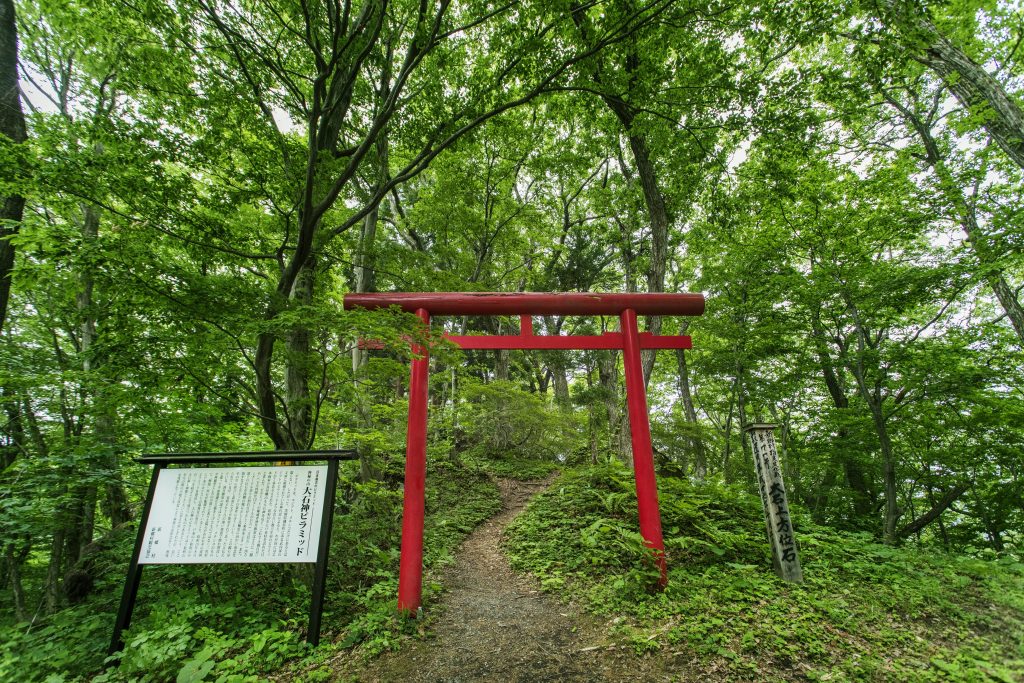Inexplicable questions that remain unsolved to this day, strange tales, and unexplainable traditions all survive to this day in the Hachinohe Area. The area is filled with mysterious spots that range from weird and wacky to bizarre, such as a giant Statue of Liberty in the middle of a quiet town’s park.
Most of these mysterious stories seem to center around one area in particular: the village of Shingo. Shingo is a quiet town in the middle of the forest and mountains, situated along the base of Mt. Herai. Another name for the village was once Herai, rumored to have come from ‘heburai’ the Japanese word for Hebrew. As suggested by the same story, the name is connected with other mysterious that can be found within the village, connect to the Grave of Christ.
The more you explore the Hachinohe Area, you will soon find that the mysteries begin to pile up, becoming thicker than fog. If you are brave enough, set out to discover all the strange and weird things that are hidden just below the veneer of this quiet country scenery.
The Grave of Christ
Legends in the area say that instead of dying on the cross at Golgotha, Christ escaped and fled to Japan. Traveling to the sleepy village of Shingo, he lived a quiet life of a farmer and eventually passed away at the ripe old age of 106. This legend was purported by and gained fame (or notoriety) from an apocryphal collection of documents called the ‘Takenouchi documents’. These documents had (supposedly) been passed down through the Takenouchi family from Ibaraki, and (supposedly) contained the story of Christ’s escape and his grave. In 1935, a man from the Takenouchi family named Kiyomaro Takenouchi and Hatayama Toritani, an ancient history researcher, came to Shingo and discovered what they claimed to be the grave of Christ.
- Address:
- Nozuki-33-1 Herai, Shingo, Sannohe-gun, Aomori
- Phone:
- 0178-78-3741
- Access:
- By bus: from Hachinohe Station take the Nanbu bus for Gonohe and get off at the last stop. From Gonohe transfer to the bus for Hainai, and get off at the「Kurisuto Koen Mae」stop.
- Parking:
- Available

The Pyramid at Shingo
The day after Kiyomaro Takenouchi discovered the (supposed) Grave of Christ, his traveling companion Hatayama Toritani discovered this pyramid. According to the (apocryphal) Takenouchi Documents, all of the pyramids around the world have their origin in Japan. Tens of thousands of years in the past there were 7 main pyramids in the world, out of which the pyramid at Shingo is one.
- Address:
- Amaike-11-41, Shingo, Sannohe-gun, Aomori
- Phone:
- 0178-78-2025
- Access:
- By Bus: Ride the Nanbu Bus bound for Gonohe until the last stop (40 min), then change to the bus bound for Hainai and ride it for 30 min. Get off at the ‘Nagakogi’ stop, and walk for 30 min.

